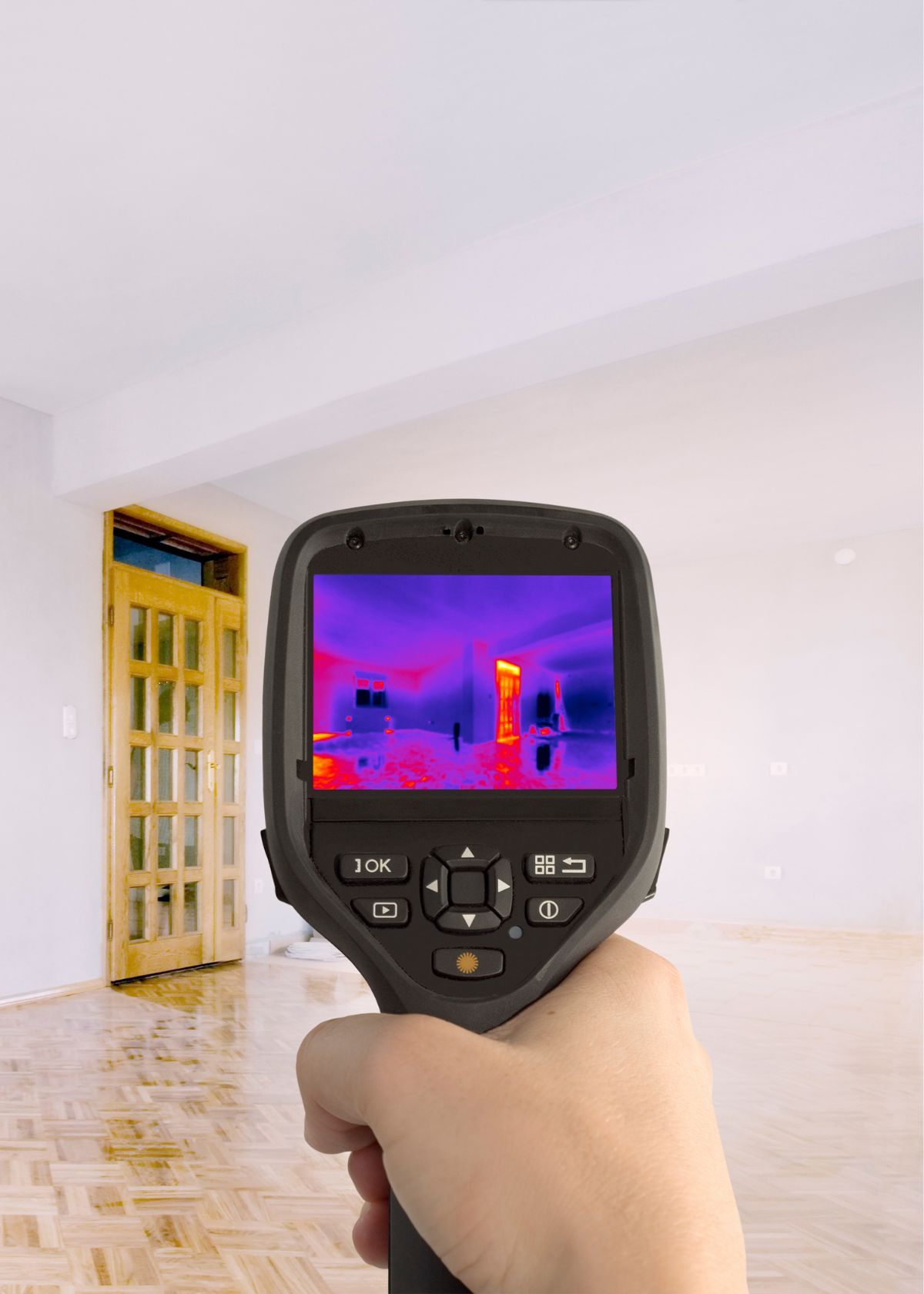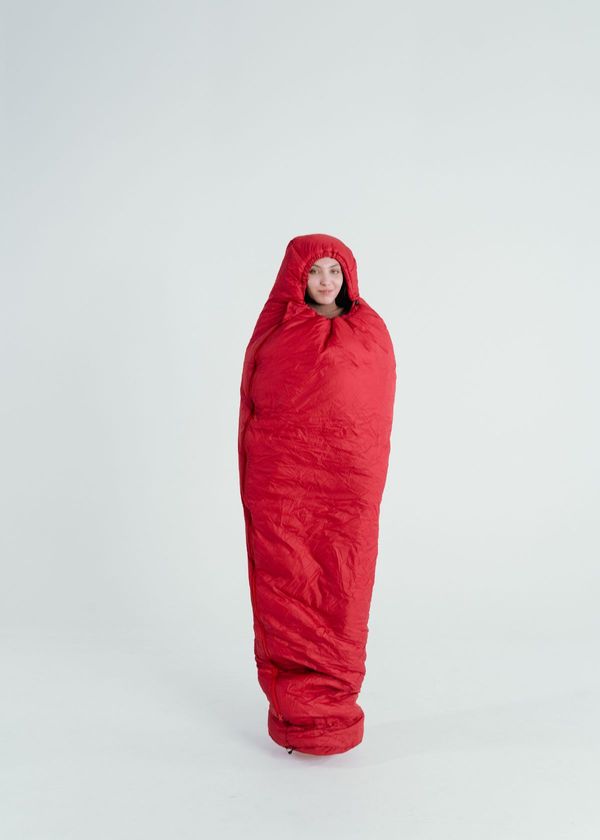A monocular is a great choice for hikers, birdwatchers, and other outdoor enthusiasts who want the flexibility to use one hand.
Is a Monocular Better Than Binoculars? Are you debating using a lightweight monocular overview or binoculars for outdoor activities? If you ask this question, you may be a birdwatcher looking to improve your vision in the wild.
Whether you want to watch birds soar in the sky or watch deer graze within their natural environment, using equipment designed specifically for seeing wildlife has benefits. Monoculars and binoculars can capture special moments only nature can provide, but which one is better? Read on to decide what will work best for you!

How is a Monocular Better Than Binoculars?
Monoculars are the perfect choice for people looking to save money and stay lightweight. Even though monoculars have a smaller field of view than binoculars, they are far more portable and easier to take.
With their small form factor, monoculars can easily fit in any pocket or bag and be taken out immediately. Monoculars also offers superior image quality compared to binoculars and enhanced portability and durability thanks to their smaller size.
In addition, monoculars tend to be much less expensive than binoculars with comparable optics. This makes them ideal for budget-minded outdoor enthusiasts who want to maintain quality. Monoculars are also great for viewing close subjects like birds or small mammals. With their single eyepiece, monoculars can provide generous magnification at a fraction of the cost and size of binoculars.

What is the Major Difference Between a Monocular and a Binocular?
Is a Monocular Better Than Binoculars? The major difference between mon and binoculars is their number of objective lenses. A monocular has one lens, while a binocular has two lenses, which are typically aligned side by side. This allows the binocular to provide a more natural depth perception and a wider field of view than possible with just one lens.
Additionally, most binoculars also have an adjustable interpupillary distance (IPD) setting that allows users to adjust the width between their eyes to accommodate visual preferences or differences in head size.
For example, someone with a larger head may need to increase the IPD setting on their binoculars for proper alignment. Monoculars only sometimes provide adjustable settings like this and thus cannot meet the same level of comfort and performance as binoculars.
In terms of optical quality, binoculars usually have superior resolution due to their two lenses working together to create a more detailed image. Monoculars may offer portability advantages with their single-lens design, but they need to provide the same level of clarity that you can achieve from binoculars.
Ultimately, monoculars are best suited for casual viewing where size and portability are important considerations. On the other hand, Binoculars offer better image quality and depth perception, making them ideal for activities such as bird watching or astronomy.
What is the Advantage of Monoculars?
The advantage of using a monocular over binoculars is that it is smaller and lighter. This makes it ideal for those who are looking to save on space or weight when they go out exploring.
Monoculars can also provide a wider field of view than some binoculars, allowing you to see more of your surroundings with less strain on the eyes for a long period. Additionally, monoculars are more affordable than binoculars, making them a great choice for shopping on a budget.
Monoculars are also easier to hold steady for viewing due to their single-lens construction, which is important for clear images in low-light settings. Finally, monoculars offer better image quality at higher magnifications than most binoculars, making them a good choice for bird watching or other activities where extreme detail is needed.
Overall, monoculars offer several advantages over binoculars, making them ideal for many outdoor activities and hobbies.
Can Monoculars See Stars?
The answer is yes. Monoculars are a great tool for viewing stars and other celestial objects in the night sky. With a good-quality monocular, you can view stars even from light-polluted areas.
Monoculars work just like binoculars but with only one multi-coated lens instead of two, providing a single magnified quality image of distant objects. They use high-quality lenses to maximize light intake and magnify better than the naked eye. With the help of a monocular, you can identify constellations or observe faint galaxies and nebulas located far away from Earth's atmosphere.
When looking at stars through your monocular, it's important to be aware of the type of lens you're using. Night vision monoculars with wide-angle lenses can make distant celestial objects look brighter and provide a wider field of view than those with narrow-angle lenses, allowing for easier identification of constellations and galaxies.
Can Monocular Vision See 3D?
The answer is both yes and no. While an individual with monocular vision can interpret a visual scene in three dimensions, they cannot experience true stereopsis or depth perception as those with normal best binoculars (two-eyed) vision do.
When viewing a scene through only one eye, an individual will naturally have a limited perception of distance or depth compared to those who can view the same scene with two eyes. Monocular cues such as relative size, height in the visual field, occlusion (objects blocking other objects from view), brightness contrast, and motion parallax all help individuals interpret 3D scenes using only one eye. Still, these cues are generally less reliable for depth perception than compact binocular cues.
You can improve monocular vision through vision therapy, twin viewing tubes, special glasses, or contact objective lenses to correct vision problems such as amblyopia (lazy eye) or strabismus (eye misalignment). However, even with these key benefits and corrective measures, monocular vision will still offer a different level of 3D perception than binocular vision.
While monocular night vision may provide some 3D perception and can be improved with corrective measures, it is no substitute for normal two-eyed binocular vision when perceiving a three-dimensional world.
Conclusion
Ultimately, monoculars vs. binoculars come down to personal preference and what you plan to use the device for. If you want a superior view in low light performance, half a binocular is likely the best option, as they provide more light capture and better resolution for long periods.
However, if portability and a lower cost are more important, then a monocular is the way to go. From furthering education in astronomy or bird watching to simply exploring nature from afar without eye fatigue or eye strain – nothing can replace the capabilities such devices provide us with in terms of viewing distant objects or phenomena with incredible clarity and detail.










